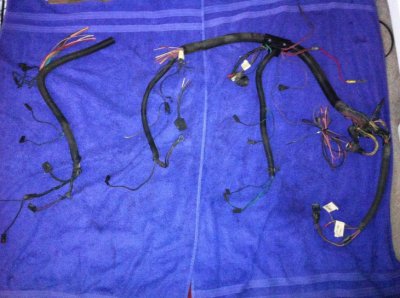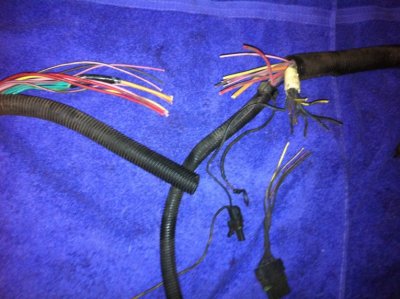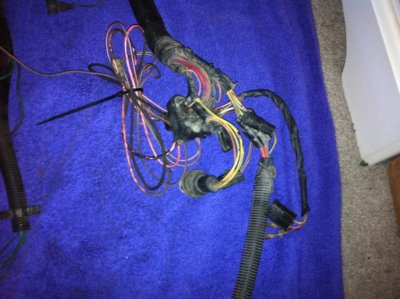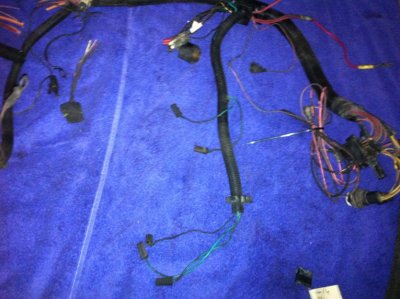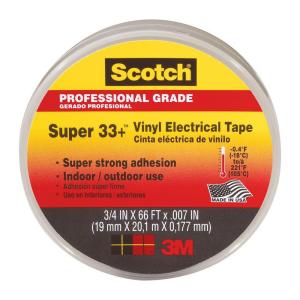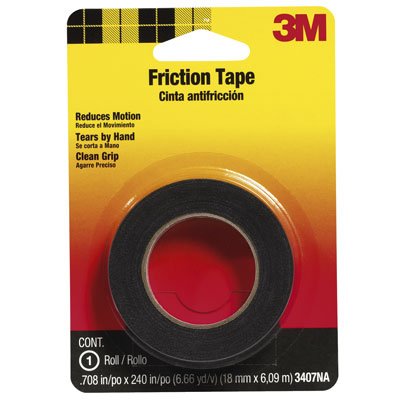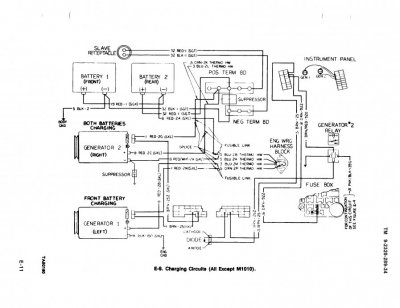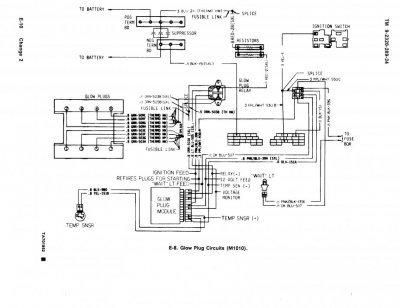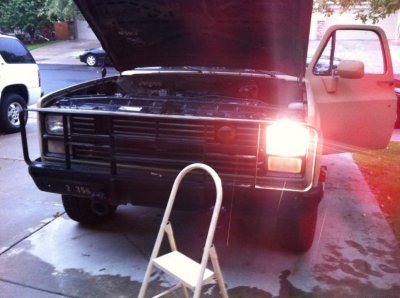Milblazer
Full Access Member
- Joined
- Mar 21, 2013
- Posts
- 268
- Reaction score
- 5
- Location
- Colorado
- First Name
- MilBlazer
- Truck Year
- 1984
- Truck Model
- K5
- Engine Size
- 6.2
I was wandering through my local pull and pay when I spotted a 6.2 diesel sitting on the tailgate of a K5 Blazer. I wandered over to it and surprisingly the dash harness and engine harness were still on the vehicle. Rushed out to the car to get my tools and came back to grab the two. The dash harness is in very good condition with only a few missing connectors which I have acquired replacements for. The engine harness...that's a different story. It appears someone cut it in half trying to get the injector pump out? That really ticked me off as it was fully loaded. Cruise control, power locks, power windows, A/C.
Anyhow, this is the harness I grabbed and I'm wondering if I should repair it or find another. It is pretty much complete just hacked up. These things are pretty hard to come by so any help will be greatly appreciated.
Anyhow, this is the harness I grabbed and I'm wondering if I should repair it or find another. It is pretty much complete just hacked up. These things are pretty hard to come by so any help will be greatly appreciated.


